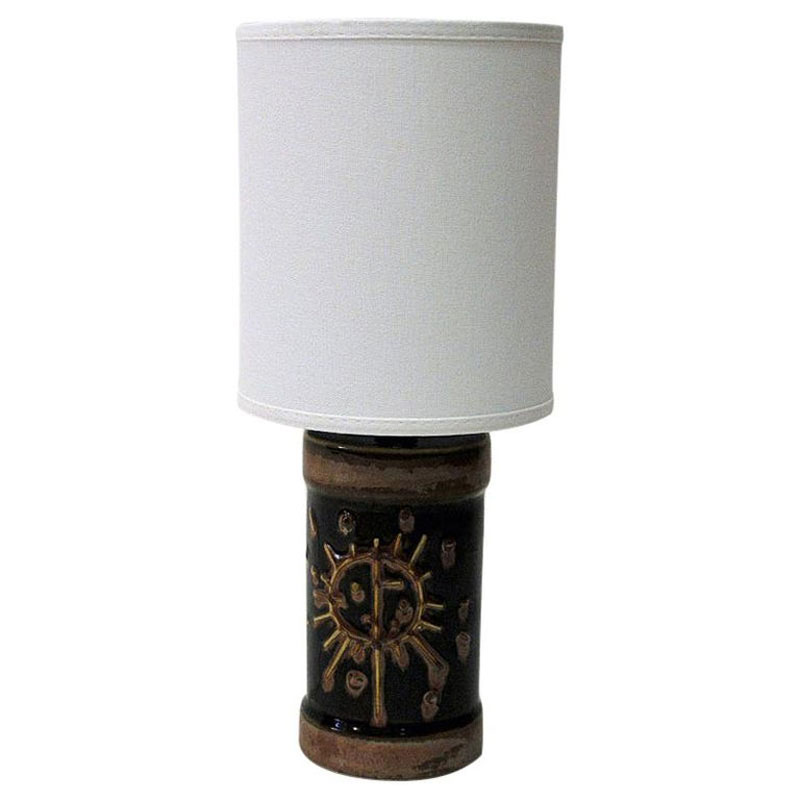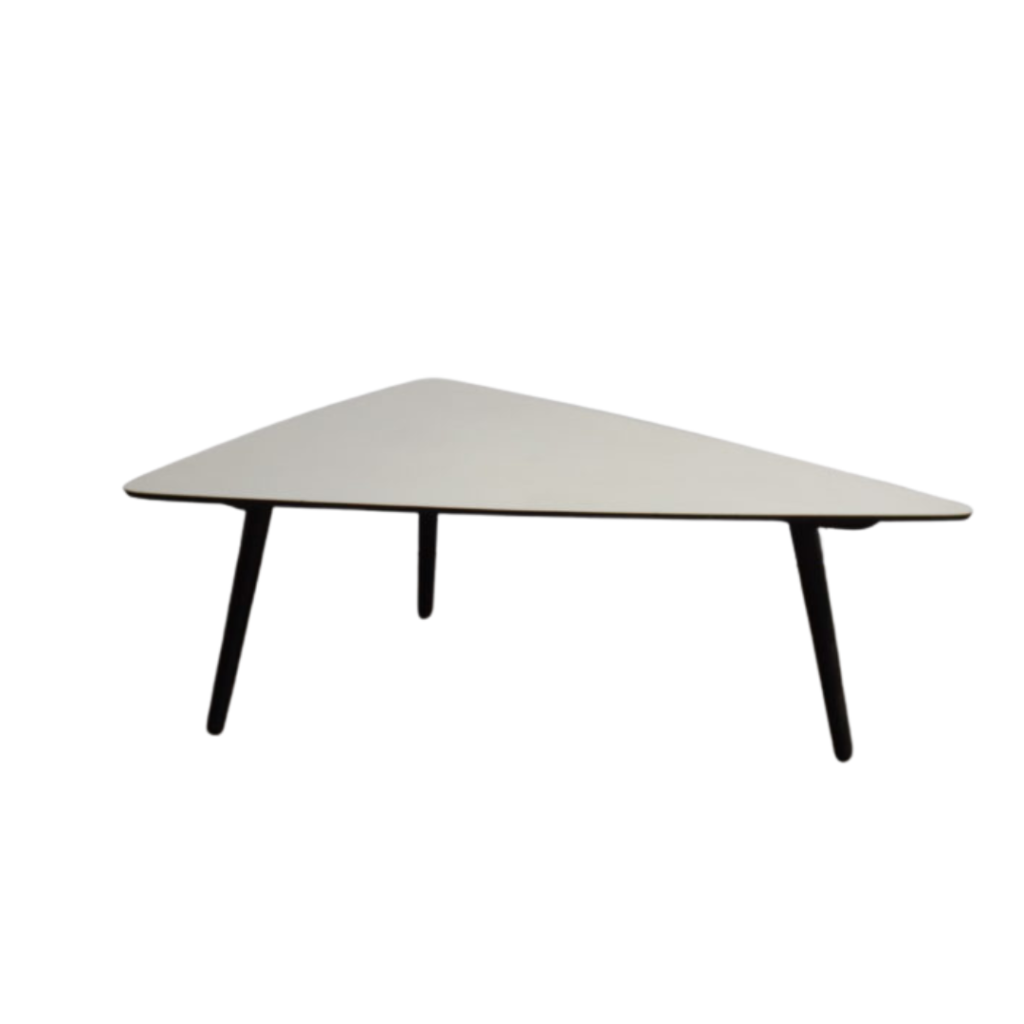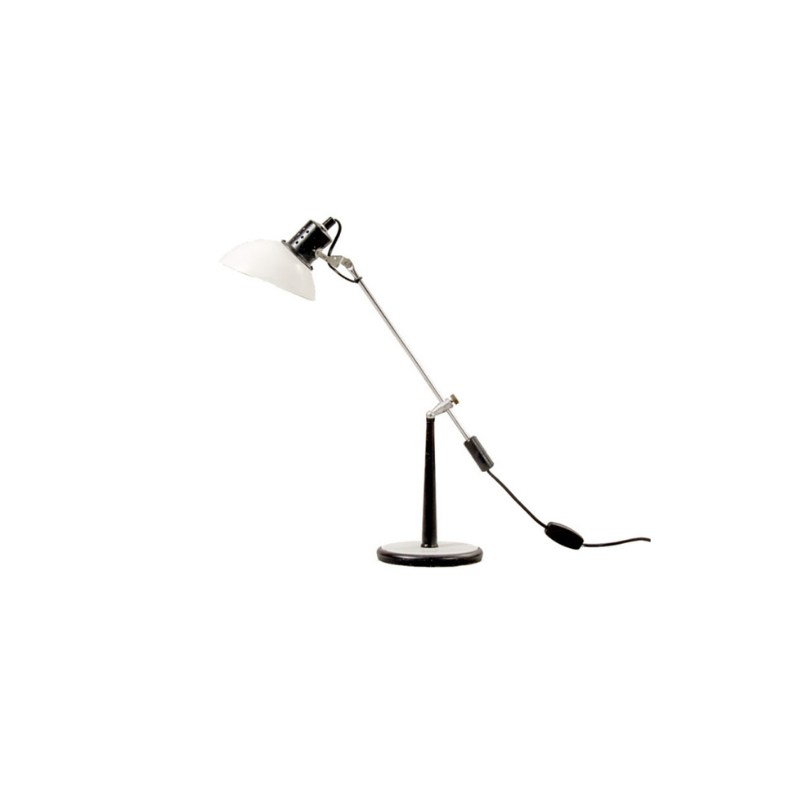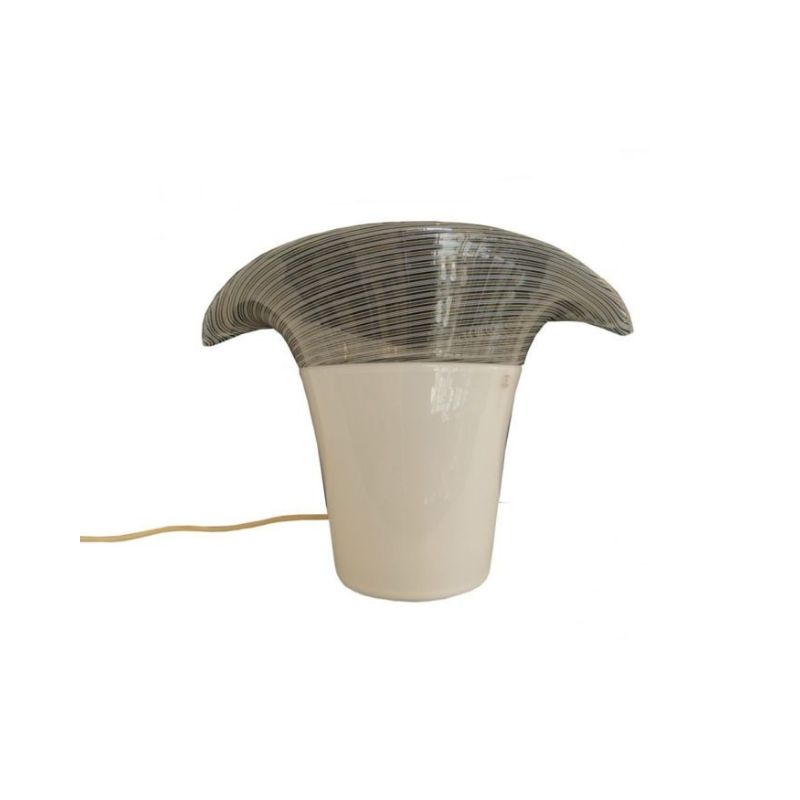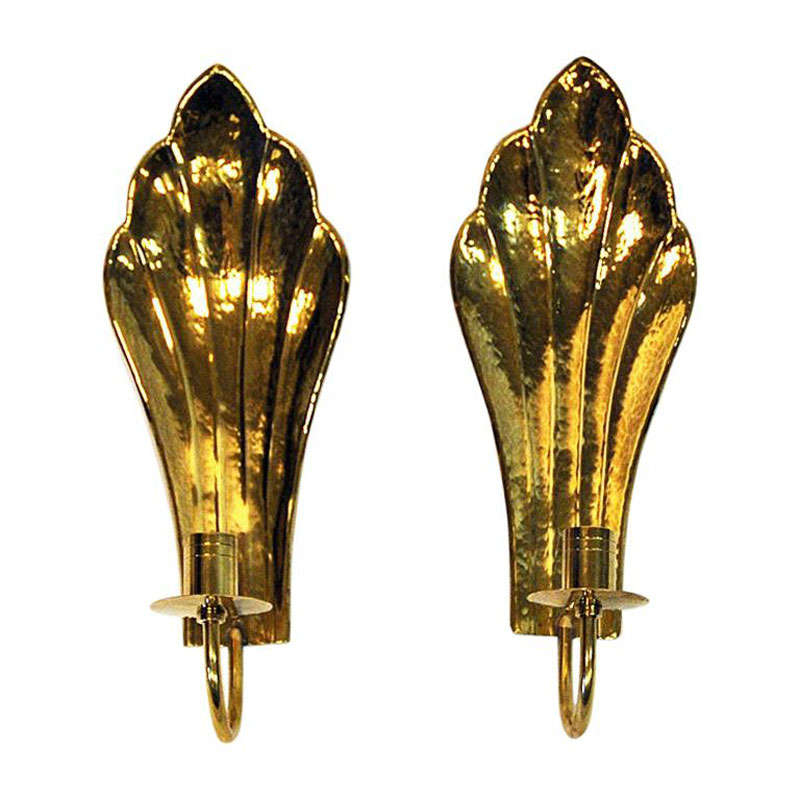The "Masters" chair:
"Philippe Starck has designed the Masters chair for Kartell. With lively sinuous lines, the Masters chair combines the outlines of three of the most famous chairs in modern design. Arne Jacobsen's Series 7 Chair, Eero Saarinen's Tulip Armchair, and Charles Eames' Shell Chair."
Starck once again has stuck an electrode in the pain center of modernists....
but once again the response tends to be negative emoting, rather than rational criticism.
The most effective antidotes to the post-modern, or to any other form of decadence (and that is all that post-modern really is), is humane reason.
Here is what is wrong with the Starck chair:
1. The legs, lacking bracing, are probably flimsy and very likely to bend, or break, when subjected to the tipping and leaning such chairs are exposed to, whether used in public places, at breakfast tables, at pool sides, or what have you. They also appear too skinny for the upper part of the chair so leave it looking as unstable as it probably in fact is.
2. It has vestigial arms that cannot comfortably accomodate a pair of human forearms; thus the arms have no function except bracing, which could have been achieved with less material and more elegance without them.
3. The vestigial wing backs are too low lean one's head against for a snooze, even if one were to be so masochistic as to wish to rest one's head on metal tubing. They also provide no useful comforting of the trunk, and probably somewhat over-restrict upper body movement to no effective end.
4. Where there should be lumbar support, there is a big hole.
This is a chair designed for persons who wish to buy amusing looking chairs that are uncomfortable for other persons to sit on.
End of discussion. No emoting necessary.
I don't either...
He was trying to create a witty, amusing, tubular allusion of an shell chair, into which he telescoped a bunch of allusions to other kinds of chairs.
What you are really looking at is a chair as an epic couplet. In an epic couplet in poetry a poet is trying to jam in as many allusions as possible into two lines. The couplet has a literal meaning, but can then be unpacked into a multitude of allusive significances. Equivalents of allusive conceits are found in painting and sculture, and unfortunately, in post modernism, under almost any product that is designed.
We are, in short, being given an allusive conceit of a chair, with some utility, rather than just the best chair he can make, unless one holds a philosphy that allusion is crucial to excellent design, which I reject, finding much allusion ridiculously extraneous.
Starck is using allusion to play with, pun about and comment on minimalism, if you wish to give the devil his due. And I do, because I like Starck, despite not sharing his philosophy that compells him toward the post modern.
The minimalist utility is a pun on the use of tubing in the modern and the minimalist. The over use of typically minimalist materials is his ironic counterpoint, his rebellion against the rationalism in the modern that Starck apparently finds oppressive and suffocating. Starck is making huge fun of minimalism here, which is easy for me to laugh at, too, because I think minimalist modernism was/is an unfortunate cul de sac, itself.
I increasingly think many modernisti fail to understand post modernism, or post modernisti, with any profundity, because they simply do not want to, because exploring the philosophical conflict between these two ism is very uncomfortable to modernisti. They are offended by the post moderns's insistence on the irrational and believe in the virtues of modernist rationality.
continued
But deeper than that, modernisti, if they explore the philosophical differences, find, ironically, that they, the modernisti, are the conservatives, the protectors of legacy, and of order. And it is the post moderns that are the rebells. And this is unnerving to modernisti who view modernism as an avant garde activity, a rebellion against the Victorian and functionalist philosophy's and aesthetics that modernism departed from.
Post modernism raises a real problem for modernism. The enfant terrible of modernist becomes the Daddy in the dynamic between the modern and the post modern. The modern response tends to be that of the father of the bastard son. He tries to ignore it. Or as Michael once sung, "But the kid is not my son." And yet, on some level, we know the kid is his son in that song. And we know post modernism is the child of modernism. And there is a very dysfunctional parent-child dynamic between them manifesting as near total lack of communication and a wish by the parent that the kid would just go away. But the more the parent tries to ignore the child and go on doing its own thing, the more the ignored child tries to call attention to itself by confronting and challenging and ridiculing the unloving parent.
Modernism can never escape post modernism so long as it permits this dynamic to continue, so long as it continues to permit itself to be defined in this dysfunctional dynamic.
To me, Piano's engineered functionalism and Gehry's Deformism are clear efforts to move beyond the modern/post modern dynamic, by synthesising both, albeit in different ways. Piano picks up the intrinsic strand of functionalism embedded (and largely overlooked) in both the modern and the post modern and simply engineers buildings that combine formal and ornamental elements of both. Gehry uses deformism to basically destroy both modernism and post modernism at the same time. Gehry is working in the architectural equivalent of what neoconservative economists call creative destruction. Annihilation of obsolete orders and ways of thinking, like burning a pasture to get rid of last years dead growth, yields its own kind of re-juvenation, its own kind of rebirth of the green grass of life.
continued
I strongly hold with Piano's approach, as being the more humane and sensible and fruitful. But I understand also that Gehry's approach can produce nonlinear leaps in creativity and understanding and in beauty and in design.
But if one can embrace neither the engineered functionalist, nor the deformist, response to the dysfunctional modern/post modern dynamic, then it at least seems encumbent upon one to view the other as an enemy worthy of respect, and to set about understanding that enemy's strengths and weaknesses, and, in turn, to begin acting with the intent of defeating the opponent through exploitation of its weaknesses.
To distill and reiterate, because I think it crucial, to successfully oppose, and certainly to successfully defeat, or transcend something, one must open up to and understand it, and give it the respect it deserves, while finding its weaknesses.
I doubt many are fight fans here at DA, but boxing is a perfect metaphor for the struggle between the modern and the post modern, even today as engineered functionalism (Piano) and deformism (Gehry) start to eclipse both.
Modernism is the puncher.
Post Modernism is the counter puncher.
The modern is an assertion that reason and order, shorn of the superficial in the legacy, are the true path to action.
The post modern is a rebellion against the tyranny of reason and order.
The modern is the parent. The post modern is the child.
In tarot cards, the modern is The Magician.
In tarot cards, the post modern is The Fool, or The Joker.
Of course, the deck exists largely in service of The Joker, which is the new born. The newborn and its evolutionary phases are what the deck is all about. It is a mythology of human development, at least in one aspect of the tarot deck.
(Note: I am not into the fortune telling aspects of the Tarot deck, only the archetypal/mythological aspects of it.)
continued
The way to defeat the Post Modern is to treat it, not as a child, but as an adult. To treat it not as the child of modern, but simply to hold it to the same standards as one would any other attempt at design. In effect, this is what Piano and Gehry have done, whether or not they did it consciously. Their works are the new children. The post modern suddenly is an adult by comparison. Starck is still insisting on playing the role of the Joker, the newborn, the post modernist as child of the modern. The antidote to Starck is simply to hold him to adult standards of conduct, to deny him the role of joker, by first understanding the game, and then marginalizing his play in this regard.
The key is to deny Post Modernism its privileged position in the deck, as the joker, so to speak.
I value what Piano and Gehry have done so highly, because they have in effect done exactly what ought be done, but they have done so creatively, rather than strategically. The humane spreads through creativity, not through strategy.
Creativity is a life force.
Strategy is a death force.
It is best to create one's way out of a problem, but sometimes circumstance does not permit it. In such cases, the default is strategy. But strategy always brings with it enormous unintended consequences and related costs.
Go, Renzo, go!
If you need any help, please contact us at – info@designaddict.com




